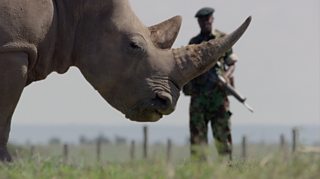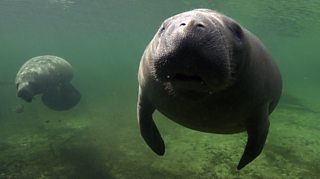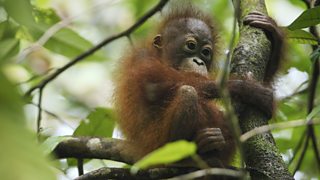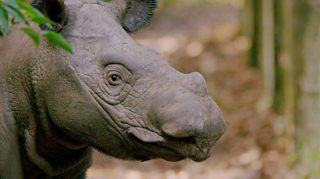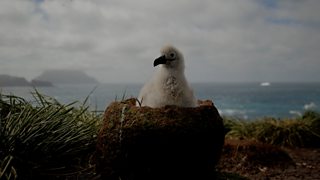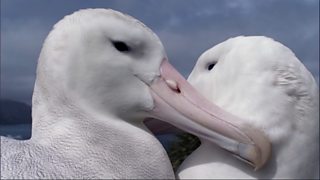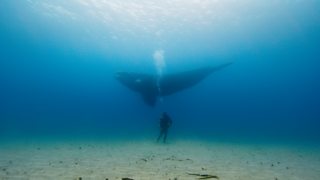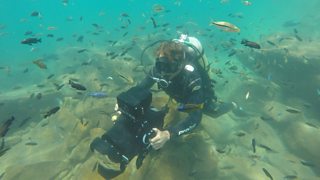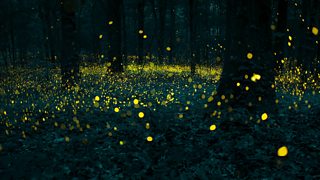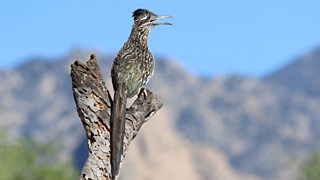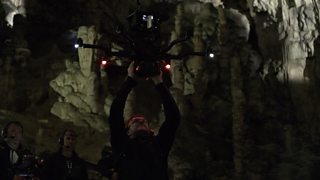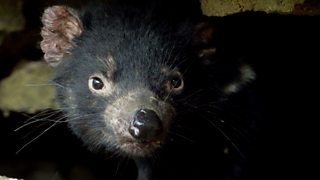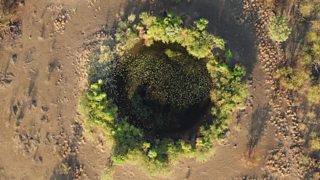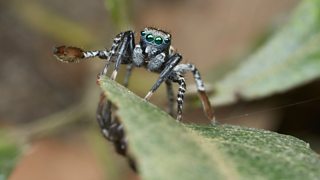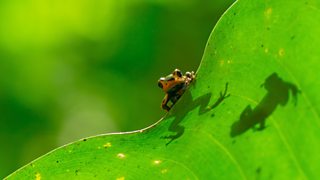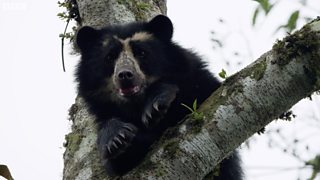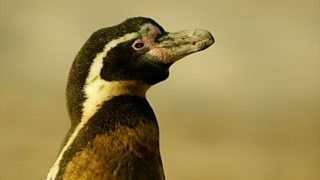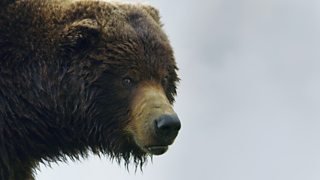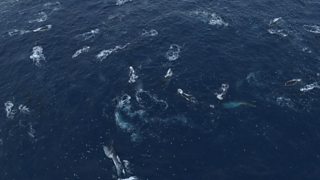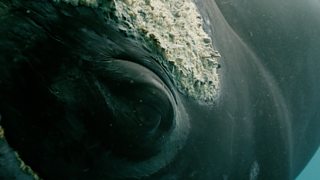A lifeline for the Iberian lynx
By Jess Webster, Junior Researcher on Seven Worlds, One Planet
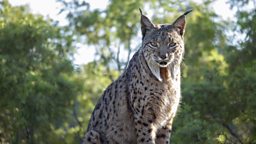
One of the most poignant stories featured in the series took the Seven Worlds team to the wilds of Southern Europe in a bid to film one of the world’s most endangered wild cats.
the lynx was thrown a lifeline in 2002 when the European Union (EU) stepped in to provide vital funds
One of four living species, the Iberian lynx occupies a mosaic of wood and scrubland habitat and is among the rarest animals on the continent, confined to a small pocket of territory in the south where it is the focus of an ambitious conservation programme.
Only a few hundred years ago, this elusive predator roamed vast swathes of the continent, ranging from the Mediterranean expanse of the Iberian Peninsula up to South East France.
But over the last century a deadly combination of hunting, habitat loss and prey depletion has driven the species to near extinction, with less than 100 individuals remaining in two fragmented populations by the early 2000’s.
Classified as Critically Endangered by the IUCN Red List and on the verge of being lost forever, the lynx was thrown a lifeline in 2002 when the European Union (EU) stepped in to provide vital funds to support the Spanish government in the establishment of a conservation programme.
This project focused on minimising the existing threats to the lynx in the wild, running alongside pre-existing captive breeding projects through which individuals would eventually be released into the wild.
In 2005, a female gave birth to the very first litter of Iberian lynx to be born in captivity at the El Acebuche wildlife centre in Doñana National Park, a symbol of hope for the future of the species.
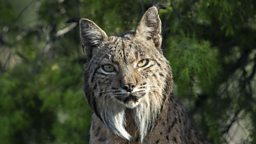
But despite this accomplishment and the project’s further triumphs in increasing the size and genetic diversity of the two surviving wild populations, the Iberian lynx remained dangerously close to extinction and a follow up project was launched in 2006 to continue the fight to save the species.
the project helped to reduce threats within the lynx’s natural habitat
This new project sought to further strengthen the two wild populations of Andújar-Cardeña and Doñana, and begin reintroducing lynx to other parts of its former range.
Also supported by critical funds from the EU, this programme was a huge success, not only increasing the number of wild lynxes to 326 by 2011 (including a doubling of the population at Doñana and an even more remarkable increase at Andújar-Cardeña) but also facilitating the formation of two new populations at Guarrizas and Guadalmellato in Southern Spain.
Alongside this, the project helped to reduce threats within the lynx’s natural habitat through the construction of ecoducts to allow animals to cross roads safely and through the boosting of rabbit numbers- the lynx’s main prey source. A third project set up in 2012 has continued to address the pressures facing the Iberian lynx and saw the long awaited return of the species to Portugal in 2014.
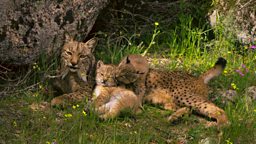
Conservation projects such as these have been instrumental in the rescue of this iconic species, which is no longer considered at extreme risk of extinction, reflected in the IUCN’s decision to downgrade its status from critically endangered in 2015.
it is thought that the Iberian lynx population has more than tripled since the early 2000s
Today, it is thought that the Iberian lynx population has more than tripled since the early 2000s, with over 700 individuals thought to exist in the wild. In addition to the existence of a number of breeding centres across Spain, further conservation efforts have been put in place to ensure this upward trend continues and that this species receives ongoing protection.
Though today’s population only represents a fraction of the historic number with much more still to be done to secure its future, the transformation of the Iberian lynx from a species on the brink of extinction to one that is firmly on the road to recovery can be hailed a conservation success story and an example of the incredible feats that can be achieved when people come together to safeguard the natural world.
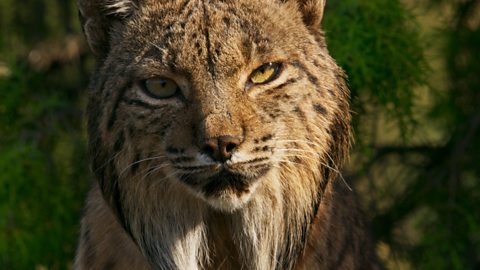
Saving Europe's most endangered cat
The Iberian lynx has become the conservation icon of Spain.
Saving Seven Worlds
-
![]()
The last rhinos
Watch the video
-
![]()
Colliding worlds
Watch the video
-
![]()
A lifeline for the Iberian lynx
Read the article
-
![]()
Rainforest invaders
Watch the video
-
![]()
Australia's hidden past
Watch the video
-
![]()
Protecting a South American wonder of the world
Read the article
-
![]()
The vanishing forest
Watch the video
-
![]()
How you can save Asia’s jungles
Read the article
-
![]()
A sanctuary for the endangered whale shark
Read the article
-
![]()
First steps to safety
Watch the video
-
![]()
A frozen continent in a warming world
Read the article
-
![]()
The grey headed albatross faces extinction
Watch the video
-
![]()
The fisherman's good luck omen
Watch the video
-
![]()
Fur seals pups have the base surrounded
Watch the video
-
![]()
The Southern Ocean is a globally important carbon sink
Watch the video
-
![]()
An alien invader is colonising Antarctic waters
Watch the video
On location
-
![]()
The crew's most memorable filming moments
Read the article
-
![]()
The quest to film the elusive brown hyena
Watch the video
-
![]()
A fish tale with a twist
Read the article
-
![]()
Tales from Tennessee
Red the article
-
![]()
Firefly fireworks
Read the article
-
![]()
Filming in Frozen Swamps
Read the article
-
![]()
The roadie experience
Read the article
-
![]()
Drama in the troop
Read the article
-
![]()
Flying underground
Watch the video
-
![]()
Filming dragons
Read the article
-
![]()
Devils on the edge
Watch the video
-
![]()
How drones helped reveal the wonders of Seven Worlds
Read the article
-
![]()
A Peek-a-Boo veteran in the jungles of Australia
Read the article
-
![]()
Finding and filming wildlife in the jungle
Read the article
-
![]()
Walking with cats
Read the article
-
![]()
A bear called Paddington
Watch the video
-
![]()
Hiding in plain sight
Watch the video
-
![]()
Walrus on the edge
Read the article
-
![]()
Bears in the Valley of the Geysers
Read the article
-
![]()
The search for the fin whale
Watch the video
-
![]()
Gentle giants
Watch the video
-
![]()
Extreme parenting
Watch the video
